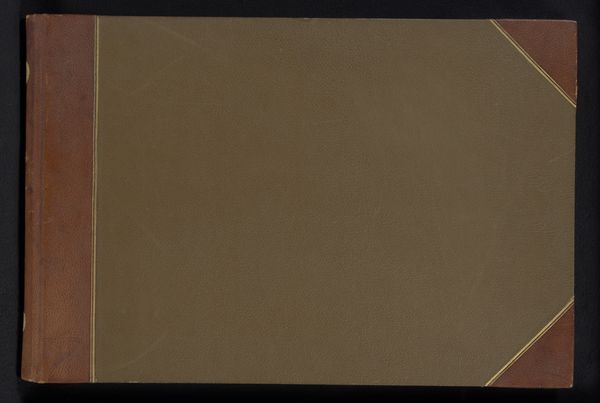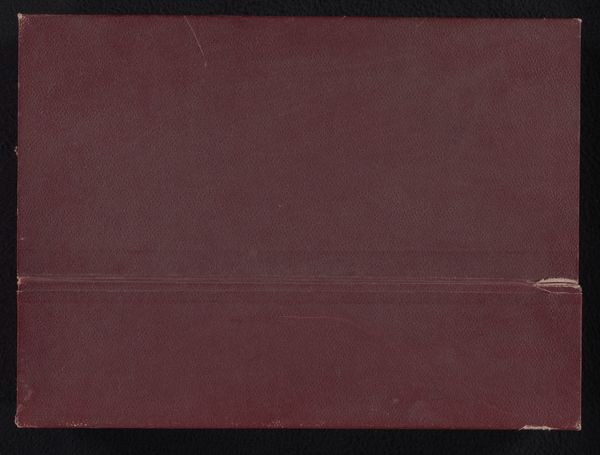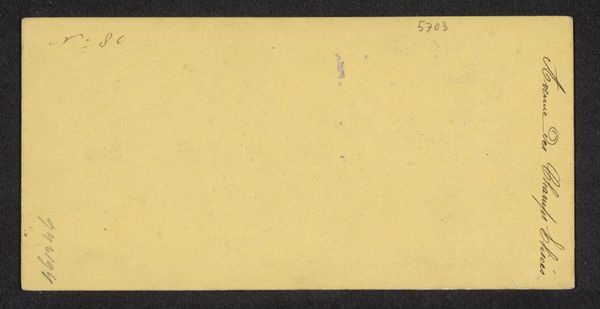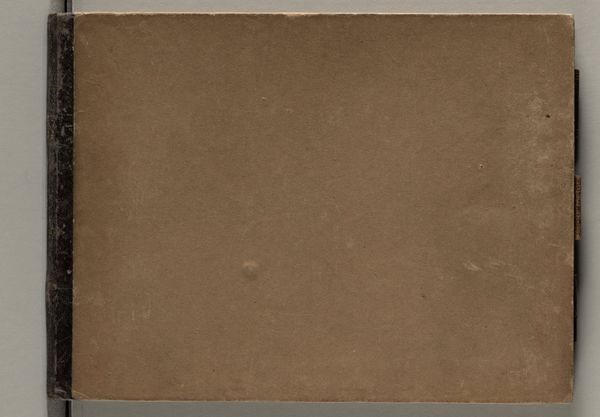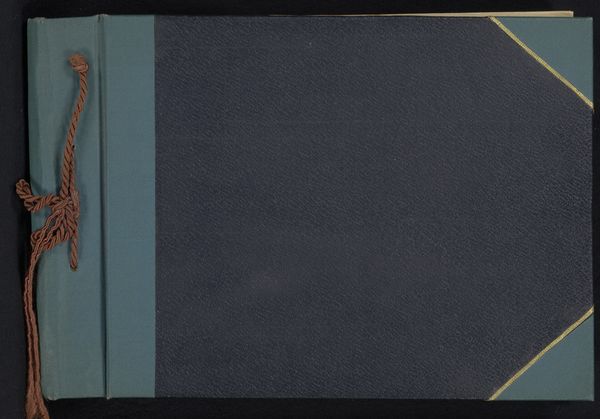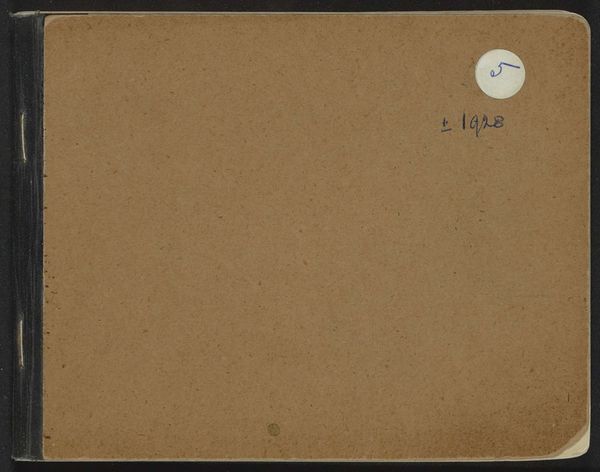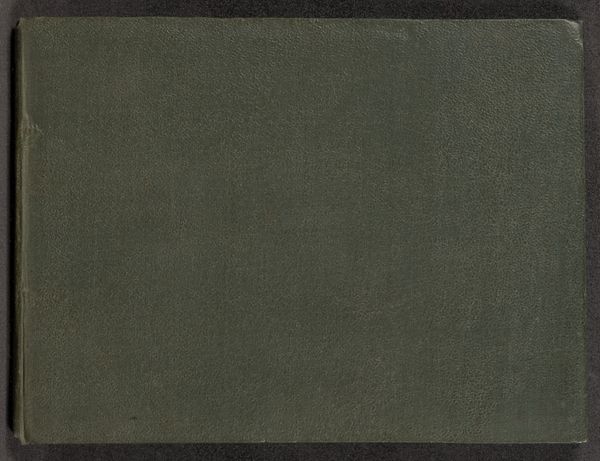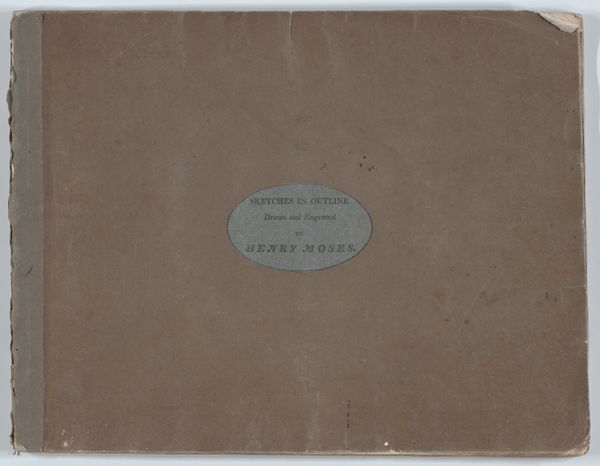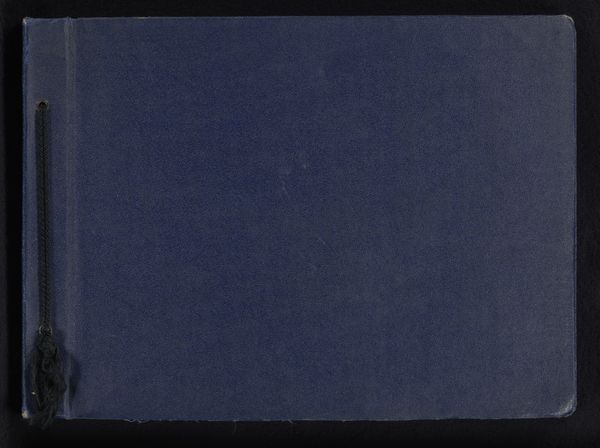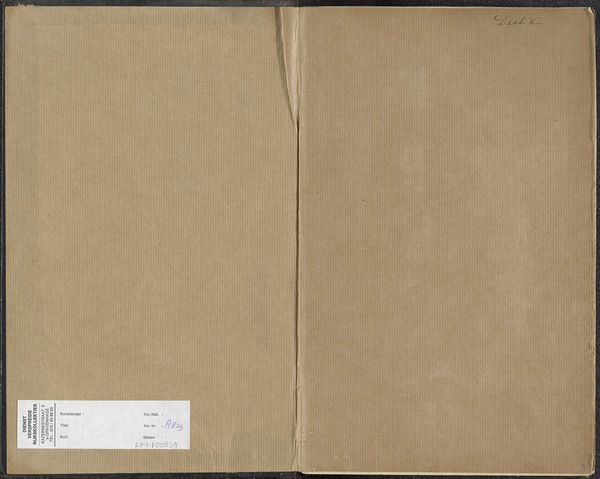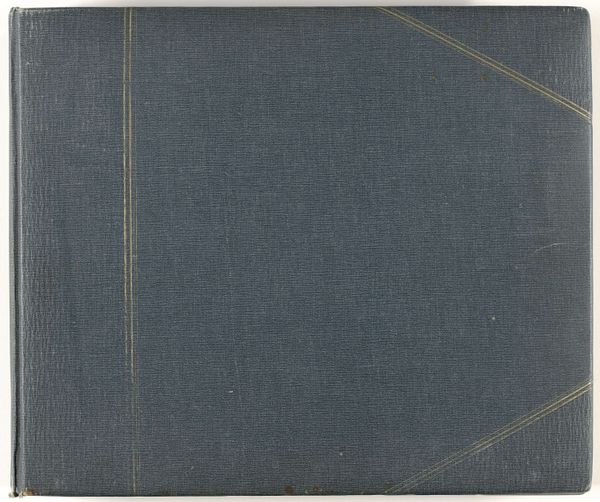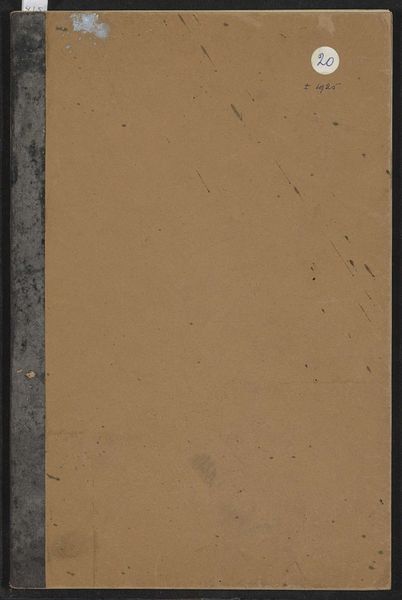
print, paper, photography, albumen-print
#
portrait
#
still-life-photography
#
pale palette
# print
#
landscape
#
paper texture
#
paper
#
photography
#
albumen-print
Dimensions: height 203 mm, width 290 mm, thickness 8 mm, width 580 mm
Copyright: Rijks Museum: Open Domain
Curator: What an intriguing object. This is a photo album by Bernard Eilers titled "Fotoalbum met topografische afbeeldingen van Nederland," dating back to 1915. It appears to be an albumen print. Editor: My first impression is its incredible subtlety. The muted palette evokes a certain nostalgia, like a whispered secret from the past. I'm also curious about the texture of the cover material. Curator: It is interesting you note the pale palette. Consider that Eilers made platinum prints in the style of pictorialism; these albums helped broaden that aesthetic's appeal. His subdued tones were not merely aesthetic; they signaled a move towards a symbolic landscape of memory, a Netherlands composed as much of feeling as of geographic space. Editor: Absolutely, the context of production is essential here. Albumen prints were fascinating in their own right - thin layer of egg white. Its interesting, given your symbolic associations, how mundane these early photographs were, really functional tools but with remarkable potential for tonal depth that must have seemed almost magical. Who put this album together, how did its design relate to contemporary industrial publishing? Curator: The content being topographic landscapes, of course, evokes a period when the idea of 'nation' was being visualized, consumed and felt in entirely new ways. People likely were not traveling for leisure as much then. They saw these idealized versions of their nation to connect with their compatriots and land. I would consider the symbols used or not, to elicit patriotism. Editor: And what stories these images held - think about the labour of transporting camera equipment across landscapes, the time involved to create a single image. We can’t forget those whose invisible labour made works such as these accessible and 'real'. These printing processes and image choices cemented cultural attitudes towards labor, landscapes and art as luxury products Curator: These mass produced landscape books helped create that sense of shared national experience and values, reflecting specific cultural perspectives prevalent in 1915 and even subtly influencing collective identity. I mean, there were others too. Editor: Yes, seeing this compels me to delve into the lives of those anonymous hands involved and ask: who profited, who was obscured, and whose perspective shaped these now sepia memories? Curator: A valuable point - that blend of emotional recall and material production, of artistry and industrial process, provides a crucial view of this period. Editor: Indeed, a blend offering fresh avenues into understanding not just a photograph, but also, wider society at the time.
Comments
No comments
Be the first to comment and join the conversation on the ultimate creative platform.
